Are you going to discover the Central Massif? Opt for the most preserved region of Auvergne by visiting the most beautiful villages in Cantal!
La Cantal is a wild department of South-West the region Auvergne . Its varied territory has summits that form part of the Auvergne Volcano Regional Natural Park valleys, gorges and villages of all beauty.
You can enjoy activities of full nature such as skiing, kayaking or hiking, or discover an important cultural and historical heritage. Gastronomy is one of the prides of the department, with its eponymous cheese and many other specialties that you will discover during your trip.
We present you the most beautiful villages in Cantal, to allow you to prepare for your stay at best!
1. Salers
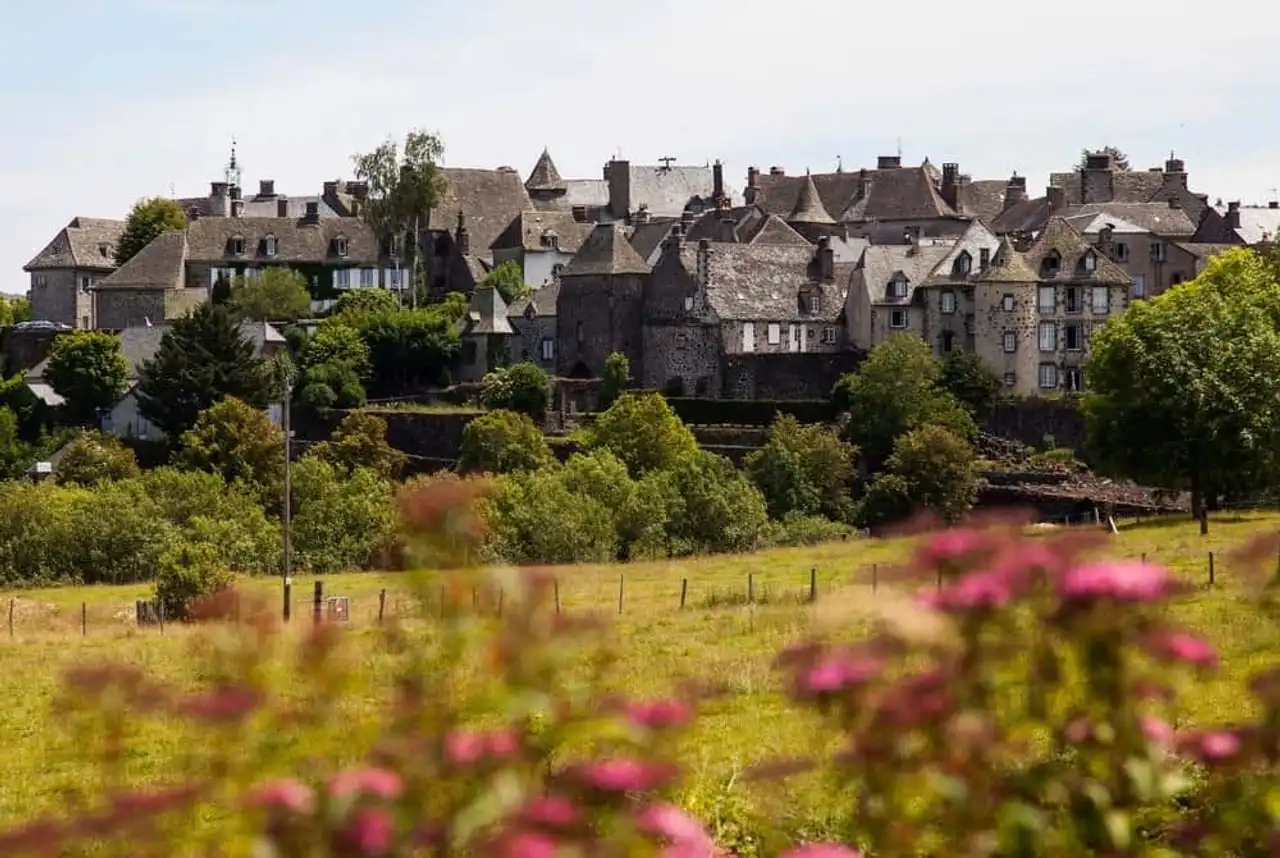
Photo credit: Shutterstock – stefano cellai
Salers struggles clearly for the title of the most beautiful village of Cantal and is also one of the most beautiful villages in the Hexagon. As you stroll through the paved alleys, you will discover ancestral homes in dark stones, in a remarkable state of conservation. Tourelles and slates are the characteristic markers of the architecture of the region.
This little city was fortified during the The Hundred Years War and the gates of the ramparts remain. With three routes prepared by the tourist office, you will discover the main points of interest of Salers on foot. Don’t miss the church of Saint-Mathieu, with a magnificent setting in the tomb dating back to the 15th century and the 17th century Aubusson tapestry.
Then head to the esplanade of Barrouze, for a magnificent view of the Maronne valley and the Puy Violent.
2. Tournemire
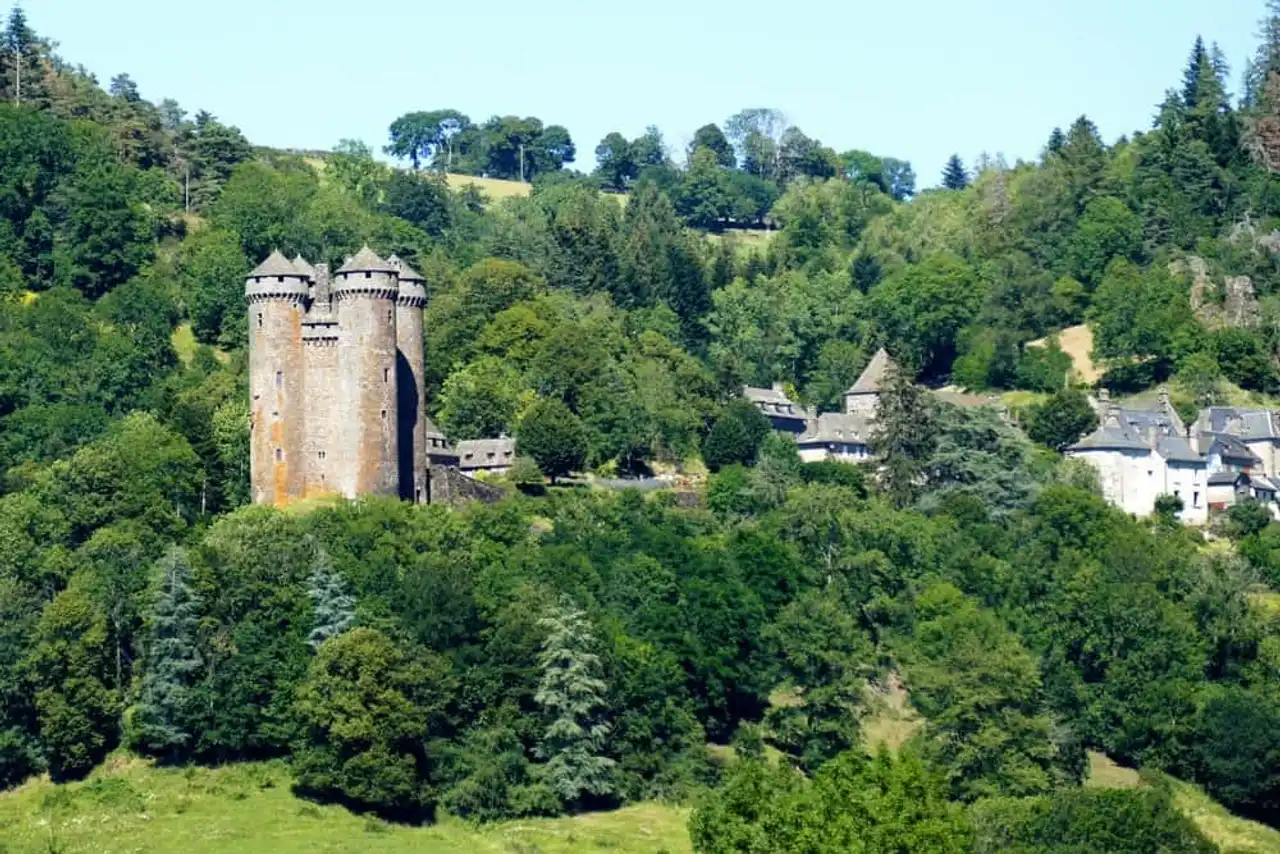
Photo credit: Shutterstock – RYSAN
Tournemire is also one of the most beautiful French villages. It is a medieval town with a strong historical past, characterized by the castle of Anjony. This one stands at the west end of the village and presents an imposing dungeon flanked by 4 pointed towers erected towards the sky.
The interior has several works of art: frescoes representing the life of Christ in the chapel, tapestries of Flanders and Aubusson. Walking through the village, watch the houses built in volcanic stones and their beautiful roofs of lauze or slate.
The small church contains a precious relic, a thorn of the crown of Christ brought back from Crusade in 1095 by Pierre de Tournemire.
3. Chaudes-Aigues
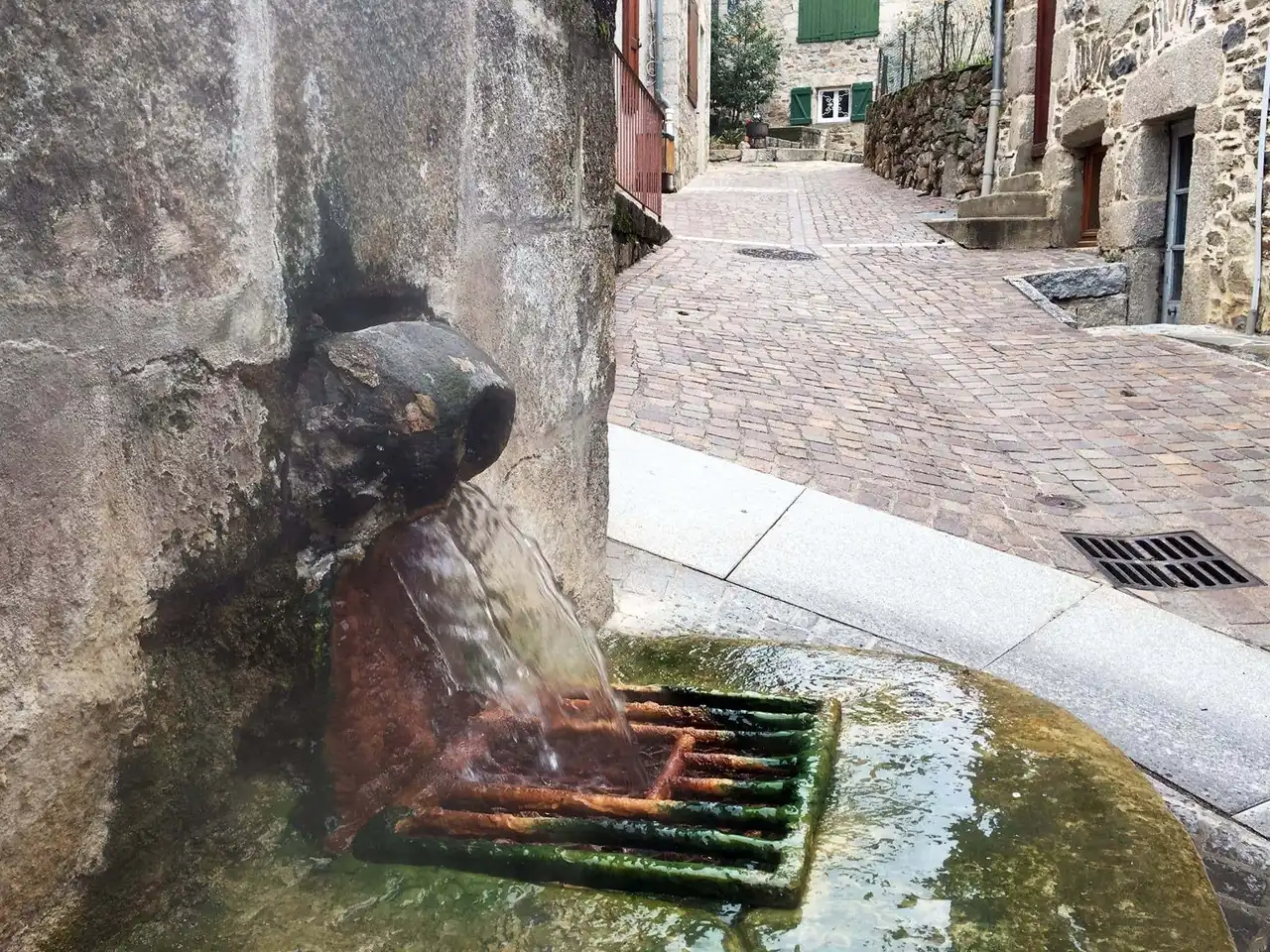
Photo credit: Facebook – Office de Tourisme Chaudes-Aigues St-Urcize
Chaudes-Aigues is a village of Cantal that derives its name from its hot water sources. The source of the Par is, moreover, that at the highest temperature in Europe, with water flowing from ground to 82°C. Fun experience, you can cook an egg in 15 minutes! A spa establishment offers well-being and relaxing treatments.
The Geothermia Museum retraces the history of the village, where the inhabitants have learned to use geothermal at their advantage. You will discover the mysteries of hot sources and the different uses of this natural energy that make this village of Cantal a unique place in the world.
At the gates of Chaudes-Aigues you discover the wild nature on the Plateau de l’Aubrac Or in the Truyère Gorges. The city also has a two-star restaurant, to enjoy local products worked by a great chef.
4. Allanche
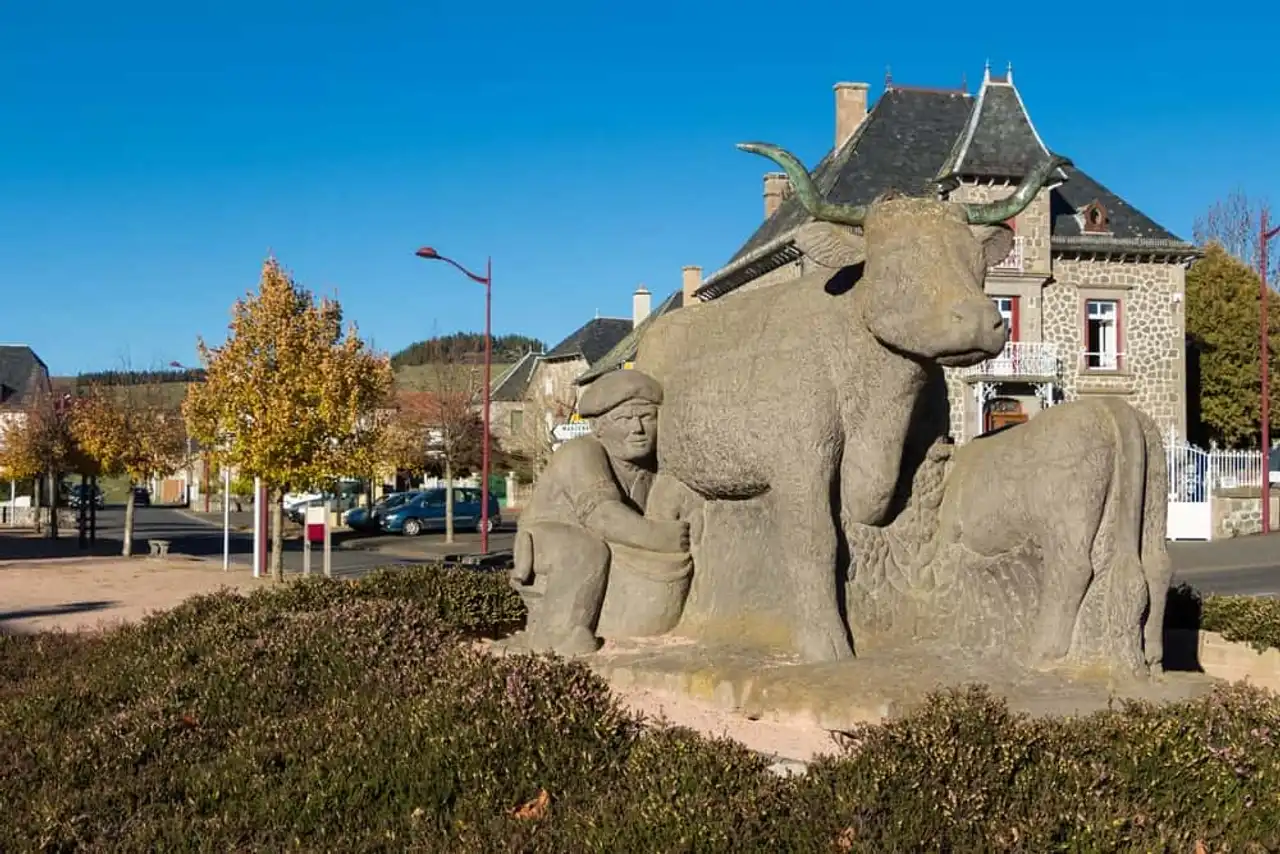
Photo credit: Shutterstock – Petr Kovalenkov
Between Monts Dore and Monts du Cantal, Allanche is a quiet village nestled in a remarkable natural setting. The typical Cantalian architecture invites the stroll between the houses covered with lauze and the remains of the ramparts that encircle the city. At the start of the village, take the bicycle-rail from Cézallier to discover the surrounding landscapes.
You can choose between routes ranging from 6 to 24 kilometers, for a family activity or with fun and sporty friends. In particular, you will pass through the Veyrine cascade, one of the most beautiful sites in the region.
5. Marcolès
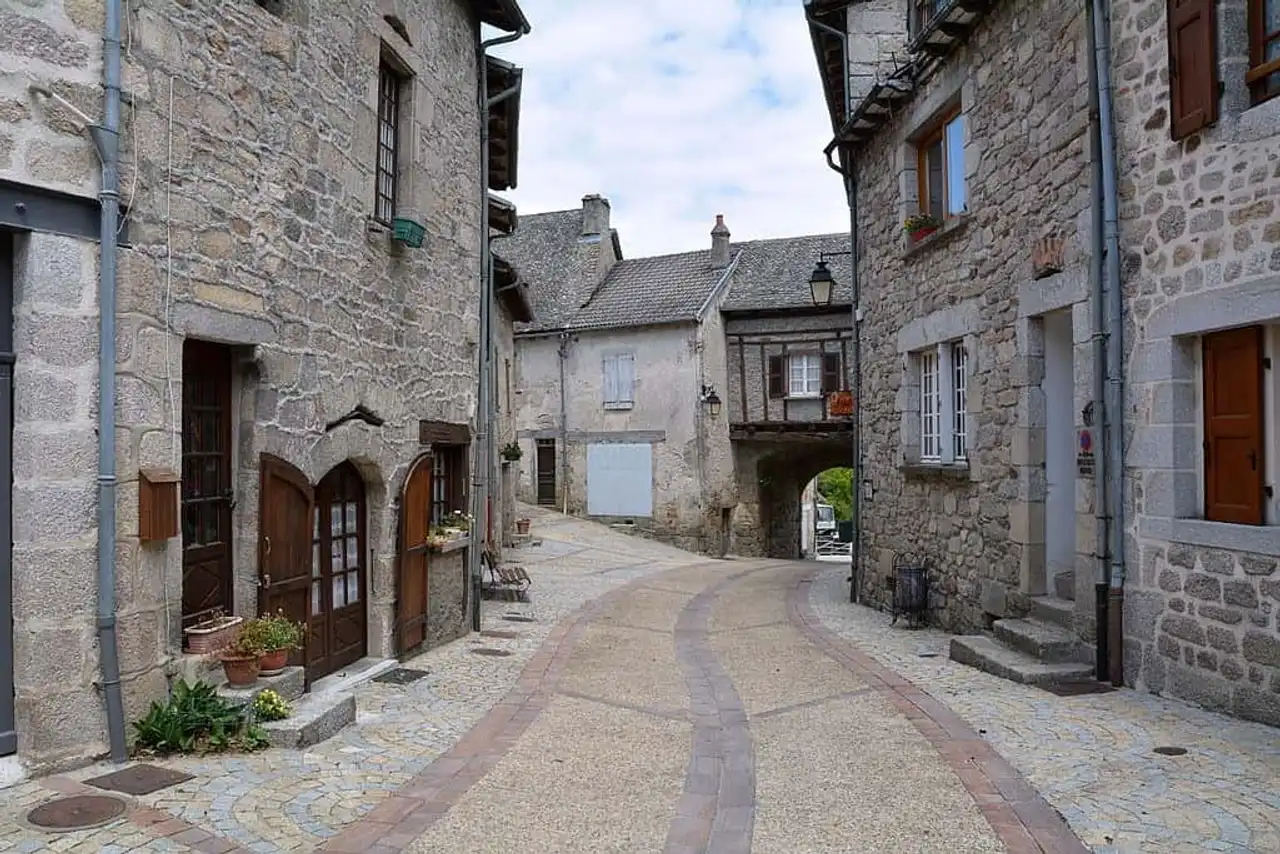
Photo credit: Wikipedia – Pline
In the heart of the Cantalian chestnut, Marcolès is a medieval village labeled "Little Character City". Encircled by ramparts, one enters through one of the two gates whose remains remain.
On the "low gate", note the gonds, arches, herses and blasons that testify to the military past of the city. Longue Street is the main artery of the city, framed by Renaissance-style houses. The "carrieroux", small adjacent streets where it gets lost, once housed the craftsmen's workshops.
There is always a mechanical saboterie dating from 1925. You will discover the unchanged working techniques for a century and a forge of the 1930s in operation.
You can also admire granite houses, the Maison de la Tour built on the foundations of the dungeon or the church of Saint-Martin.
6. Laroquebrou
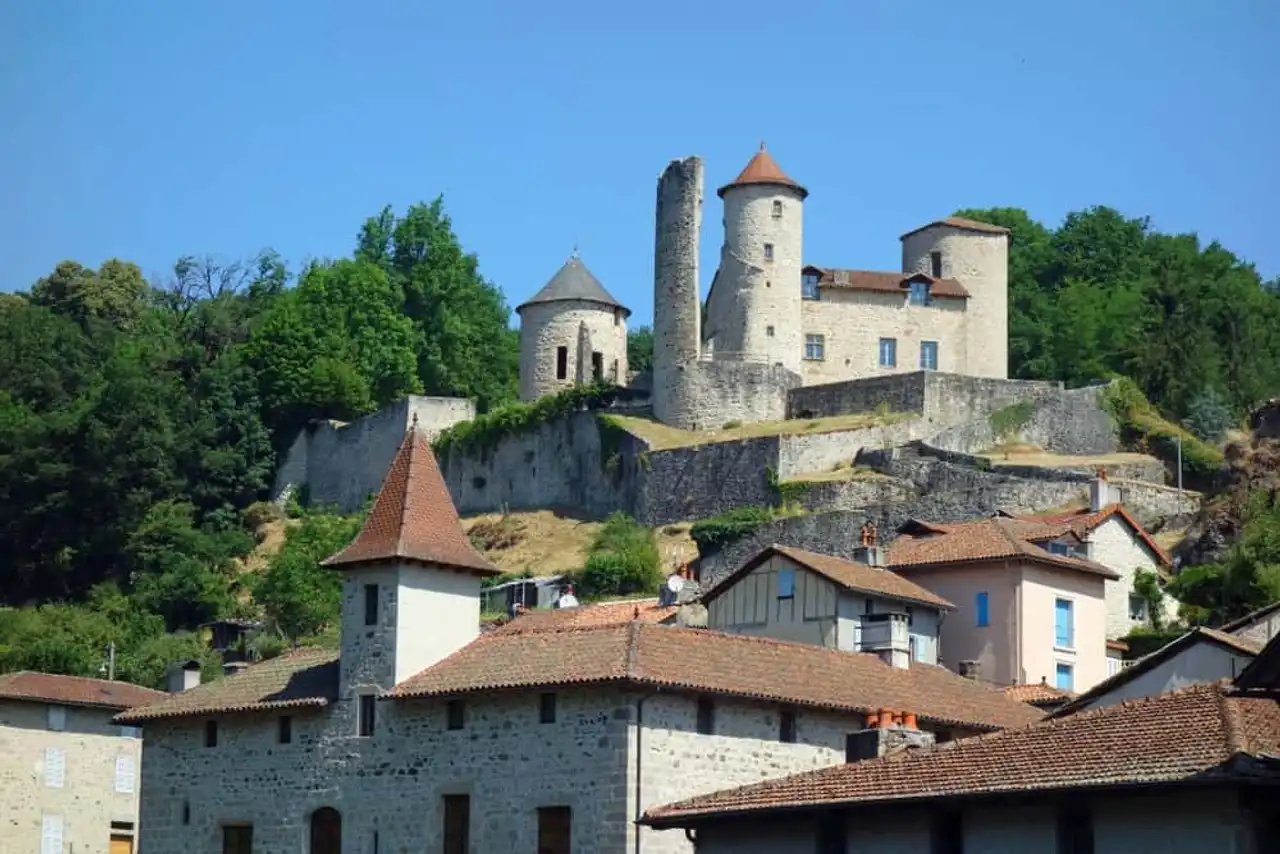
Photo credit: Shutterstock – Bildagentur Zoonar GmbH
Along the shores of Cère, visit a beautiful village of Cantal classified as "Little Character City". The small streets will lead you to the heights of the village and the medieval castle. A virgin, replica of Notre-Dame de Fourvière to Lyon , dominates the village. From this promontory you will enjoy a view of the roofs, the surrounding countryside and the river below.
The Gothic church of the 13th and 14th centuries is also not to be missed. many demonstrations rhythm the year in Roquebrou. Participate in the Mangona (Feast of Gastronomic Traditions around the Pig) in March, or at the Book Fair in November. The month of August sees the medieval festival and the international festival of Boogie-Woogie!
7. Montsalvy
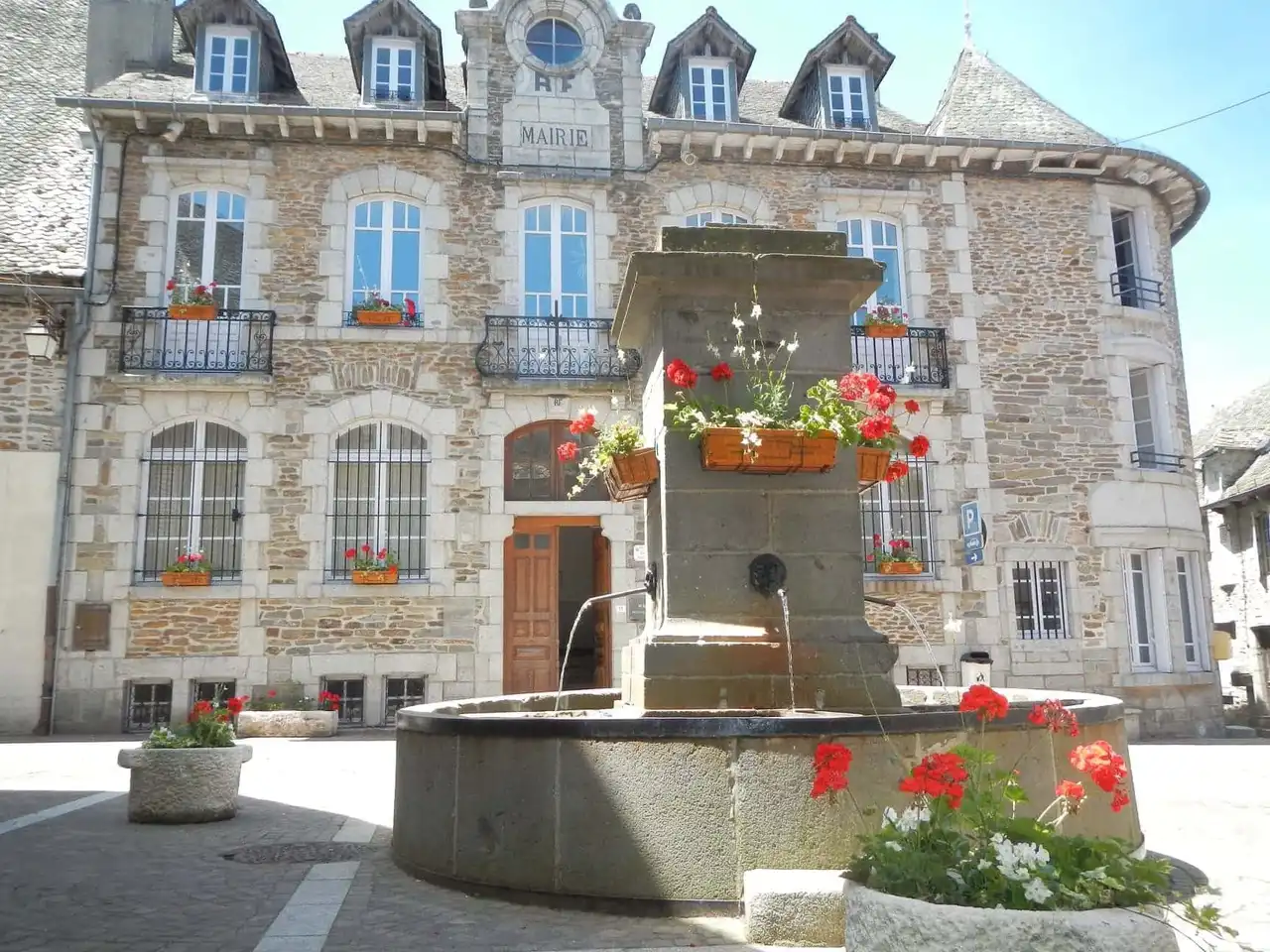
Photo credit: Facebook – Commune de Montsalvy
Montsalvy is a village of Cantal created in the 11th century by the monk Gausbert. He founded a saviour bound by 4 crosses, which guarantees the ecclesiastical immunity to which he comes to take refuge. Today we can admire a beautiful architectural ensemble formed by the Romanesque abbey, the refectory of the Monks and the Cloître Saint-Gausbert.
The capitular hall of the abbey contains the treasure of Sacred Art of the canton. The castle of Montsalvy presents a beautiful tower of the 15th century that we discover following the course of heritage.
8. Murat
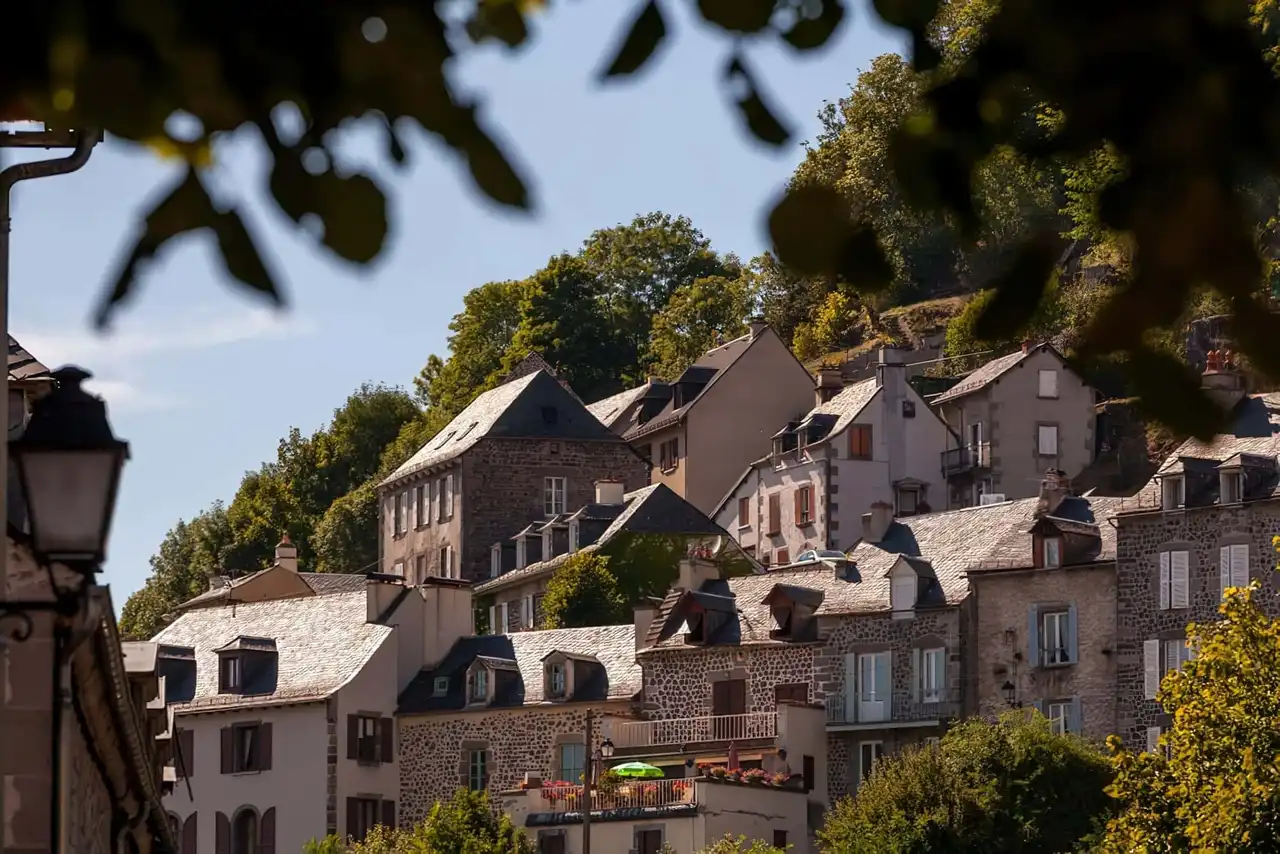
Photo credit: Shutterstock – Grantibo
Murat is one of the most visited villages in Cantal. This medieval city of 2,000 inhabitants has a strong historical and architectural heritage. You can follow the interpreting circuit and discover 26 panels presenting the different buildings of the city.
Go to the Maison de la Faune, which presents a collection of insects and butterflies around the world. The Giou's thematic path presents to the small and large animals that populate the Cantal forests. Then climb up to the rock of Bonnevie or throne a virgin of 8 meters high. The view of the Cantal Mountains is striking.
9. Saint-Urcize
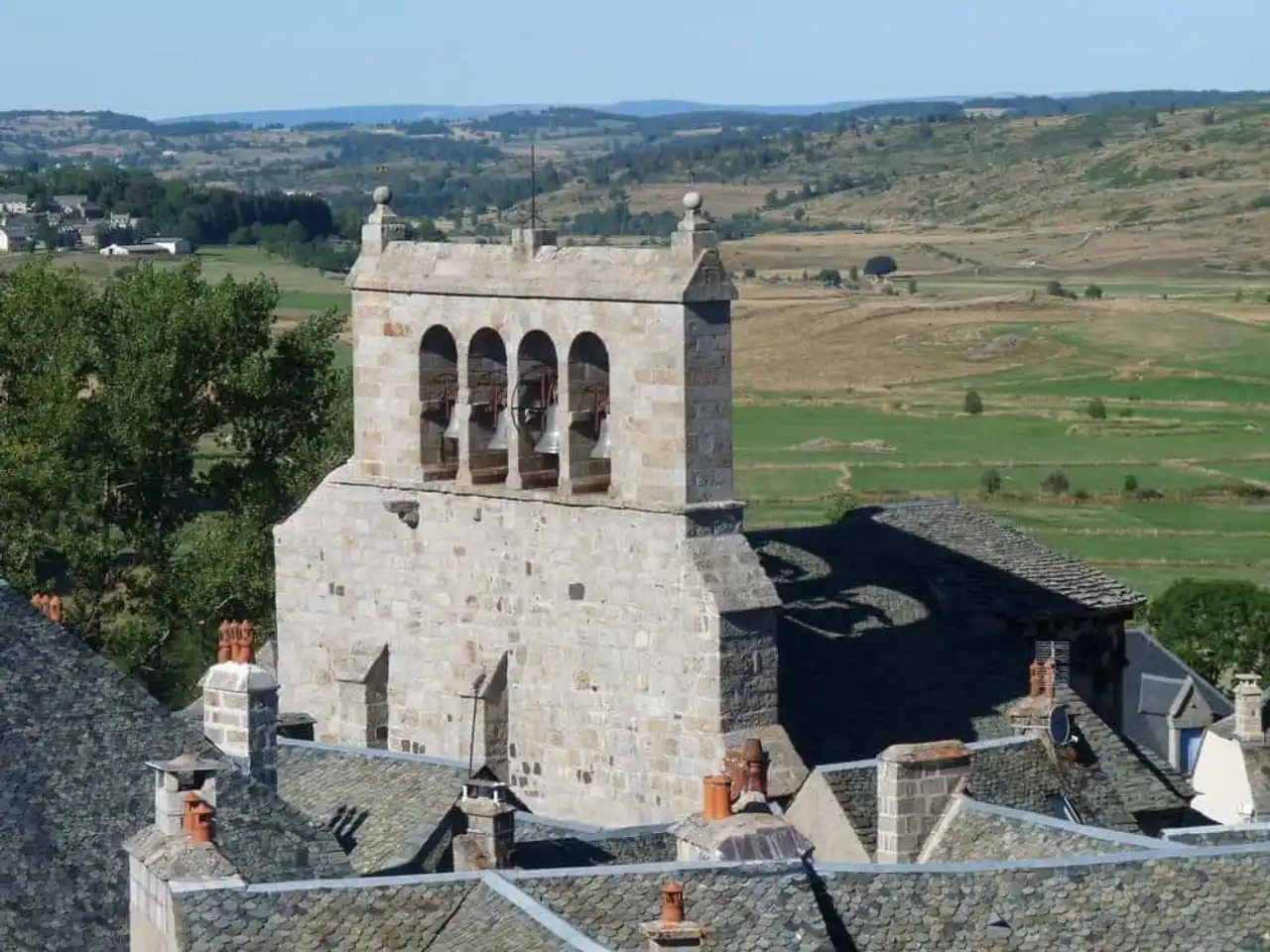
Photo credit: Shutterstock – Grantibo
On the plateau of Aubrac, at 1000 meters above sea level, Saint-Urcize stands on a basaltic rock. This village of Cantal dominates the valleys of Hère and Bès and offers a beautiful view of the whole region. The ruins of the old fort and the remains of the fortifications attest to its medieval past.
Do not miss the Romanesque church of the 12th century with its beautiful bell tower. Its bell of 1583 would be one of the oldest in France.
10. Raulhac
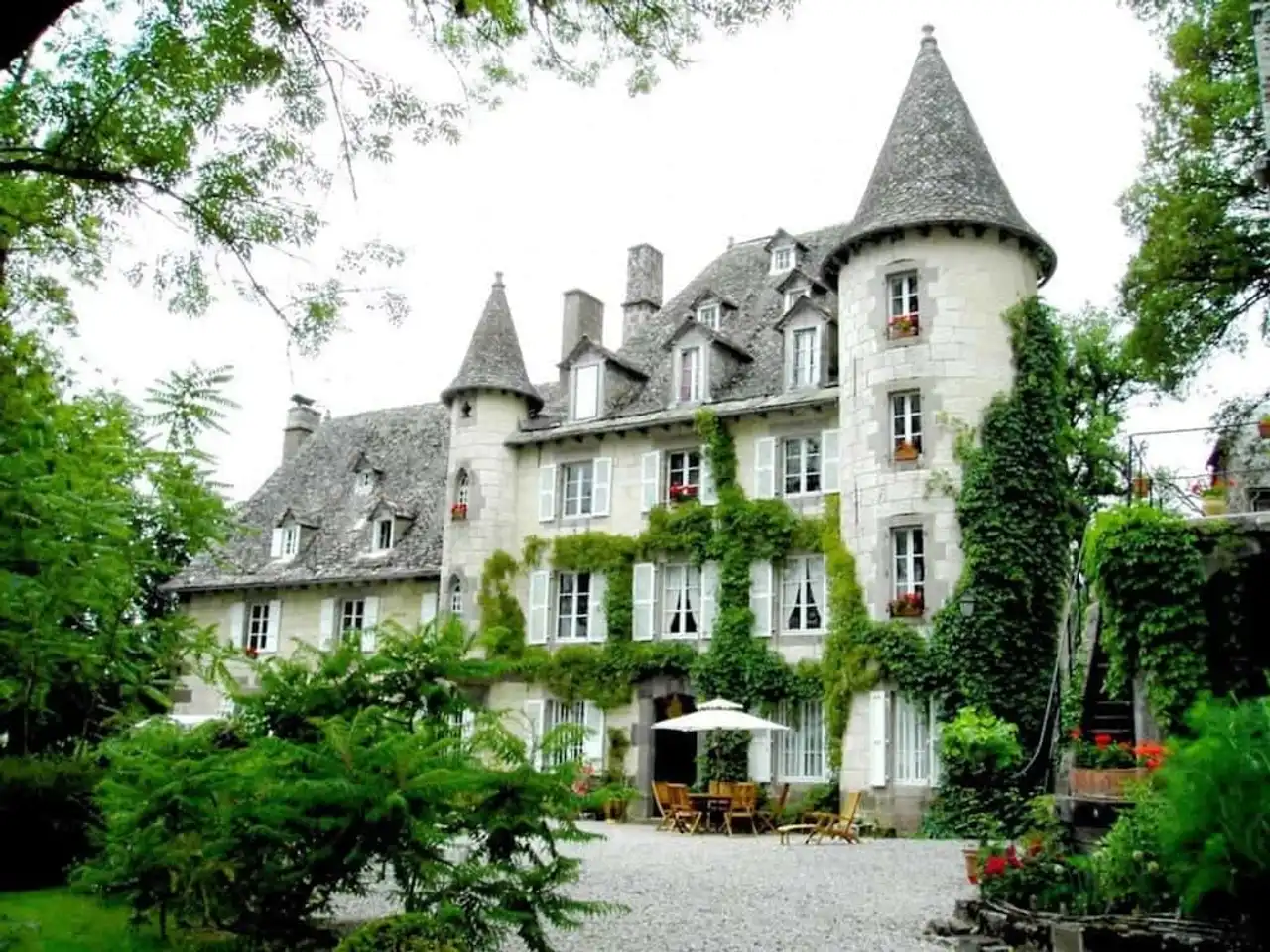
Château de Courbelimagne in Raulhac Photo credit: Facebook – Pricey Pads
Raulhac's historical and cultural heritage is unparalleled in the surroundings. Built on the foothills of a volcano, it is surrounded by 6 castles! We advise you to visit the castle of Messilhac which dominates the valley of the Goul from its promontory, with a superb Renaissance façade.
Don't miss the castle of Cropières and the tower of Puechmouriez. The Romanesque church of Saint-Pierre-es-Liens is nicknamed the queen of the valley.
11. Menet
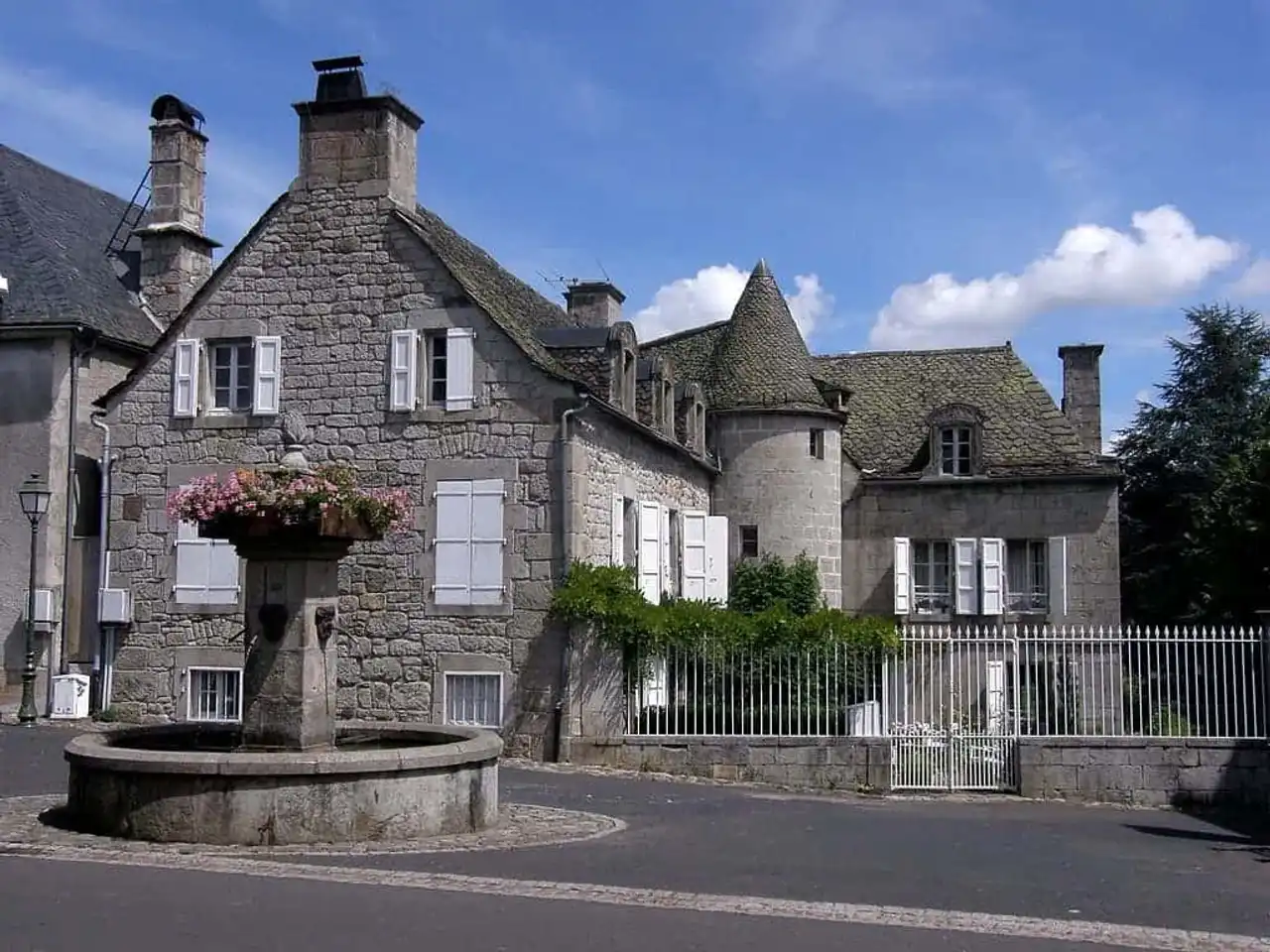
Photo credit: Wikipedia – Olivier
In Menet, the 583 inhabitants will all tell you that it makes good living. This small town with the typical architecture of Cantal stands in a bowl dominated by the Puys d’Augoules and Menoire. It extracts the trachyte, a volcanic rock that will become large stones for the construction of the houses of the village.
The lake of 14 hectares that borders the village is an invitation to swimming and water sports. The surrounding nature offers beautiful walks: views from the puys, Gorges de la Semène, village of Brocq...
12. Plural
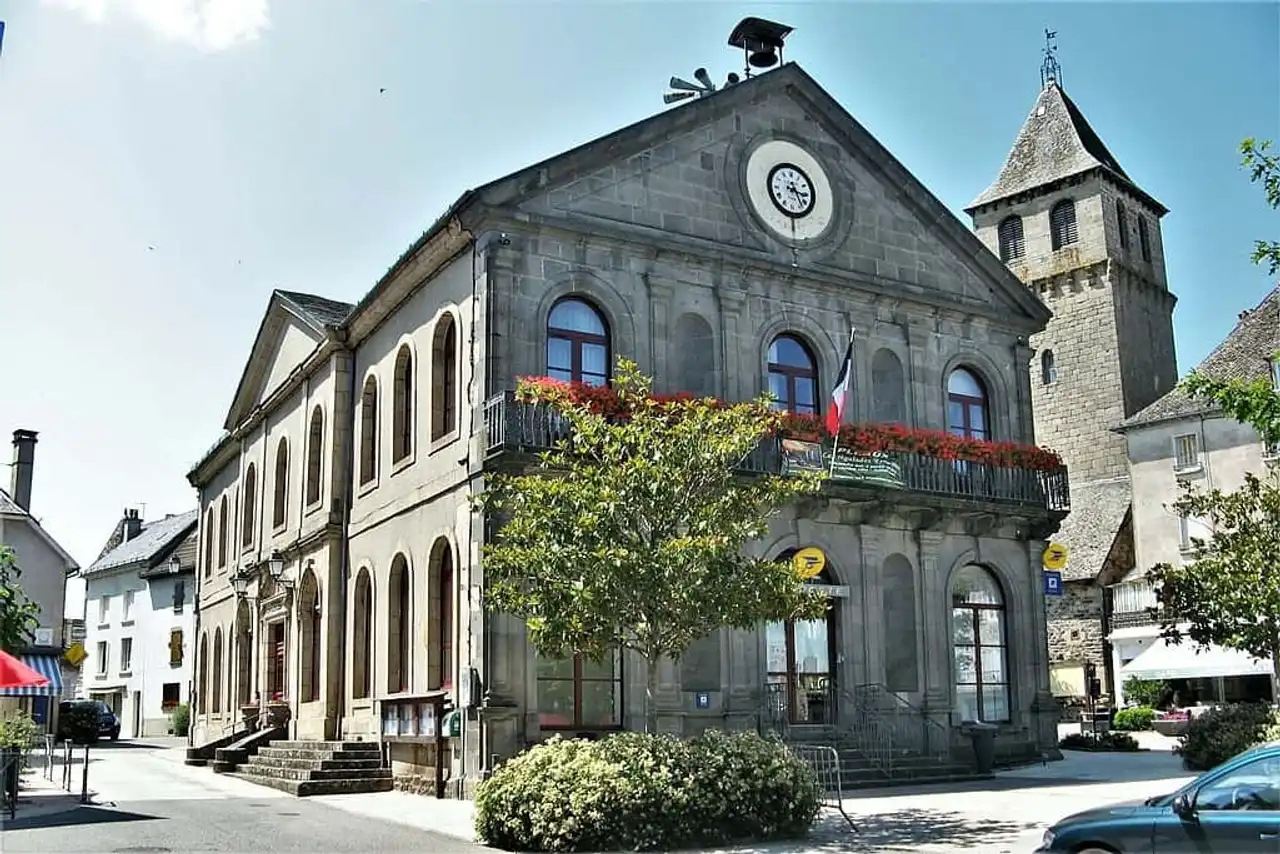
Photo credit: Wikipedia – Robin Chubret
Come on. the Dordogne and the Maronne, Pleaux is a city full of history that it is good to discover during a guided tour. You will learn the past of the village, from the Middle Ages to the present day, through the wars of religion. You will understand why the church bell tower is equipped with mâchicoulis and discover all the iconic monuments.
The church contains a treasure: the statute. Admire the 22 wooden statues as well as the 15th century Pieta, the relics of Pope Pius 1er and organ.




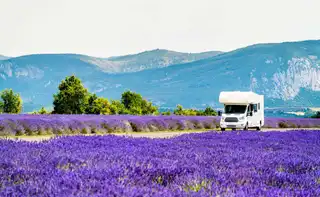
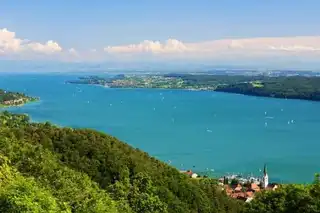

Loading comments ...